Health system mega-mergers fall short amid cost, quality concerns
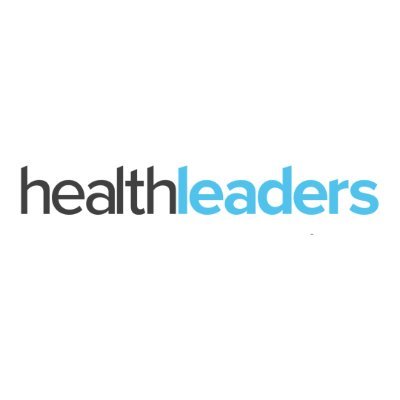
Editor's Note Chasing size through mega-mergers no longer guarantees sustainability for health systems, according to an April 15 article in HealthLeaders. Many of the nation’s largest systems are reporting significant losses, while emerging evidence links consolidation to stagnant or declining care quality and worsening workforce challenges. The article highlights financial…
Health systems boost security spending as workplace violence escalates
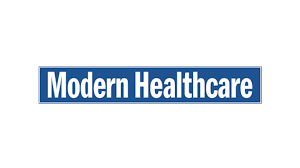
Editor's Note Hospitals are ramping up security in response to rising workplace violence, investing millions in weapons detection, staffing, and risk mitigation, according to an April 14 article in Modern Healthcare. Quoting executives from several large systems, the article details a shift from viewing security as a budgetary burden to…
Survey: AI reduces administrative burden, improves physician outlook
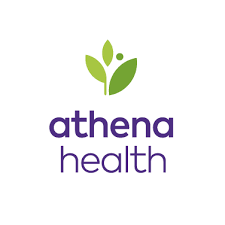
Editor's Note Physicians are feeling more optimistic about their profession and are beginning to see tangible benefits from AI in reducing administrative tasks, according to the latest Physician Sentiment Survey (PSS) from athenahealth. Physicians’ day-to-day outlook has improved in recent years despite ongoing concerns about US healthcare, the organization reported…
Survey: Tariffs expected to increase hospital costs, disrupt supply chains
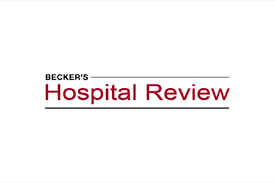
Editor's Note Rising tariff-related costs are expected to significantly impact hospital budgets and healthcare supply chains, according to a March 27 report in Becker’s Hospital Review. The article focuses on a recent survey conducted by Black Book Market Research in January before the US enacted 25% tariffs on Canadian and…
Study compares robotic, laparoscopic cholecystectomy cost drivers

Editor's Note A retrospective review of 14 hospitals over 7 years found that robotic cholecystectomy costs were, on average, 2.5 times higher than laparoscopic cholecystectomy ($1,447 vs. $669 per case). Findings were published on March 19 in the journal Surgery. Disposable instrument choices also impact costs. Despite the rising adoption…
Bipartisan bill would expand presidential trade authority over medical goods

Editor's Note The bipartisan Medical Supply Chain Resiliency Act would grant the president expanded authority to negotiate trade deals and modify tariffs on medical goods, according to a March 14 report from Fierce Healthcare. The bill, backed by pharmaceutical and healthcare industry groups, aims to strengthen the US medical supply…
Study: CMS sepsis care protocol shows no clear mortality benefit

Editor's Note A systematic review found no strong evidence that compliance with the CMS Severe Sepsis and Septic Shock Management Bundle (SEP-1) reduces mortality, raising questions about its inclusion in hospital performance measures, according to a February 19 report from the University of Minnesota’s Center for Infectious Disease Research and…
Rethinking life after 65: A three-pillar approach to retirement planning

Editor's Note With several major gatherings planned for this spring—including those from AORN, AONL, ASCA, and ASPAN—a bustling events season offers perioperative leaders valuable opportunities for reflection on our careers and futures. Speaking of futures, the 2024 OR Manager Salary/Career Survey revealed an intriguing shift: only 9% of perioperative nurses…
Capital funding crunch spurs creative hospital financing

Health systems are fundamentally capital intensive. They are regulated; depend on highly educated, high-cost employees; and operate under complex reimbursement structures. Investing in new technologies and infrastructure upgrades is imperative to keeping up with the latest medical advances. But what happens when capital funds are insufficient or no longer available?…
Study: Shifting imaging to outpatient centers could save billions
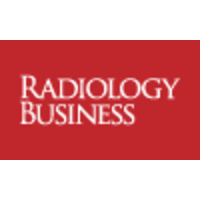
Editor's Note Moving radiology services from hospitals to outpatient centers could slash healthcare costs by billions annually while improving patient care, according to a March 3 Radiology Business News report on a study published in the American Journal of Roentgenology (AJR). The study found that shifting just 10% of hospital-based…

 Free Daily News
Free Daily News